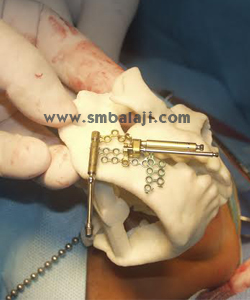Types of Distraction
Distraction can be classified in different ways.
1. According to the site where it is used, it can be classified as mandibular (lower law), maxillary (upper jaw), alveolar (in teeth bearing region of the jaws), palatal (roof of the mouth) or craniofacial (skull).
2. Facial bones are unique. They are not straight, so they may be needed to be moved in more than one direction to achieve the desired results. According to the direction of bone movement, distraction may be univector (bone moved in one direction), bivector (bone moved in two directions) or multivector (bone moved in multiple directions).
3. According to the placement of the distractor, it is classified as Intraoral and Extraoral.
4. According to anchorage it may be fixed to teeth (teeth borne) or fixed to bone using plates or screws (bone borne).
5. According to the age for which it is designed, distractors can be either paediatric or adult.
-
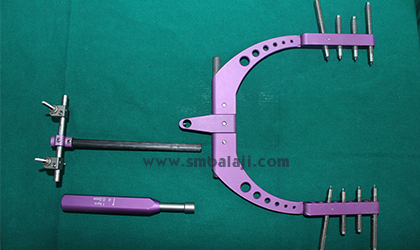
Rigid External Distractor
-
.jpg)
Rigid External Distractor (RED) fixed to the skull bones.
-
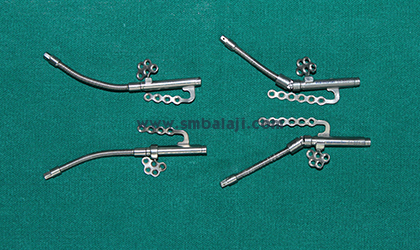
Right and left maxillary internal distractors with flexible activation arms that can be easily placed inside the mouth
-
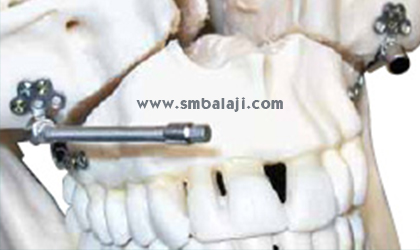
Right and left maxillary internal distractors with flexible activation arms placed inside the mouth.
-
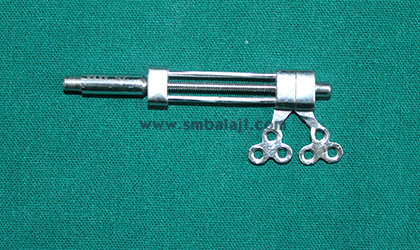
Mandibular univector internal distractor with rigid and flexible activation arms
-
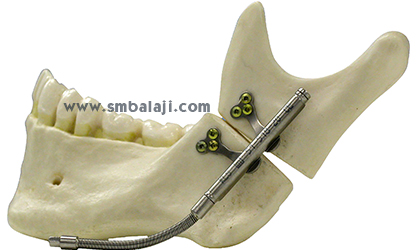
Mandibular univector internal distractor with rigid and flexible activation arms fixed to lower jaw bone.
-
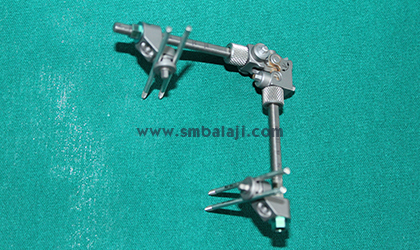
Mandibular external pin retained multivector distractor.
-
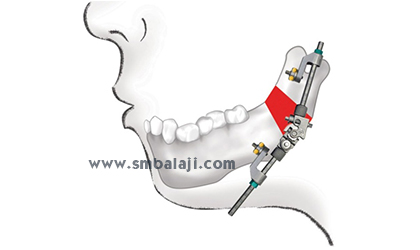
Mandibular external pin retained multivector distractor placed in lower jaw

